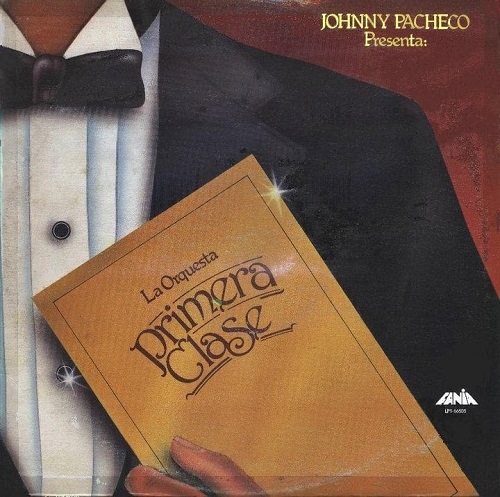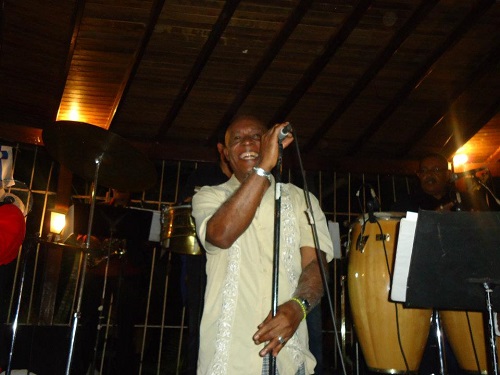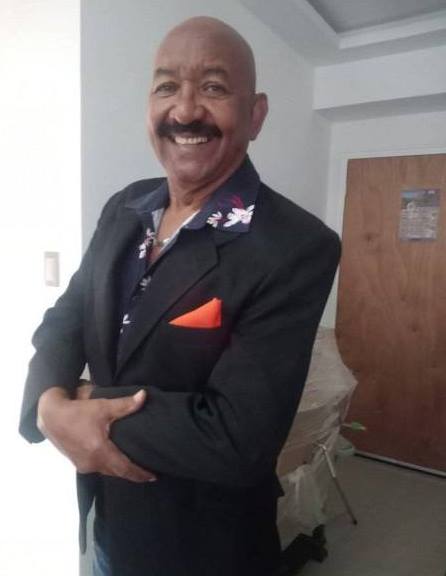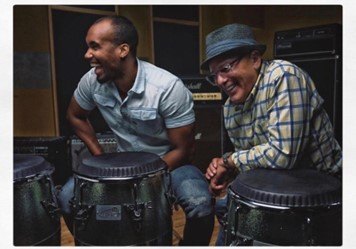Latin America/ Buenos Aires / Argentina
Latin Saoko. The salsa and timba radio station in South America continues to make progress in its project of making anyone in all corners of the world dance.- Latin Saoko
Saoko Latino is the fastest growing Internet radio station in America, from its transmission headquarters in Buenos Aires in Argentina and to its master control in Tenerife Spain, its two creators continue betting on this great musical initiative that for more than 3 years they continue growing.

This Latin-Caribbean genre station produces interactive programs with top-of-the-line speakers, music professionals who venture into designing proposals with ideal content for Latin music lovers. Among its main objectives is to create a space dedicated to the public that loves these Caribbean genres, strengthen Caribbean music and culture worldwide, extend the horizons of Latin radio in the world, among so many lines of development that seek to impact being the number 1 in the ranking of stations on the internet.
Their work reaches your hands through their web portal www.saokolatino.com or through their App available under the name Saoko Latino, from these channels they can delight you with their great musical content, available 24 hours a day, 7 days a week. of the week, without interruptions so you don’t stop listening to it.
From this month of April they venture into a new program called Timba timbero by the hand of its great moderator Ronny Peinado, the famous @DjTimbao. The aforementioned program seeks in 2 hours to address issues of great importance in the timba world, the spectacular Cuban musical genres, from where they delight their listeners with premieres of the most recognized artists of the Cuban arena, the newest representatives of this musical line, development of opinion, informative and many more topics, all developed with the sole intention of making you enjoy what we like the most, Cuban music.
Daily from 3:00 p.m. Colombia time, 9:00 p.m. Spain and 5:00 p.m. Argentina you can tune in to this great program, be part of the participation through its live chat through its website or its App, in the same way you can locate them through Itunes for the followers of the Apple line, everyone can have access to the musical initiative of the moment on the web.
Now don’t hesitate to tune in and get carried away by its great musical content, it’s time to enjoy the best music.

By Jose Perez, ISM Correspondent, Caracas, Venezuela













